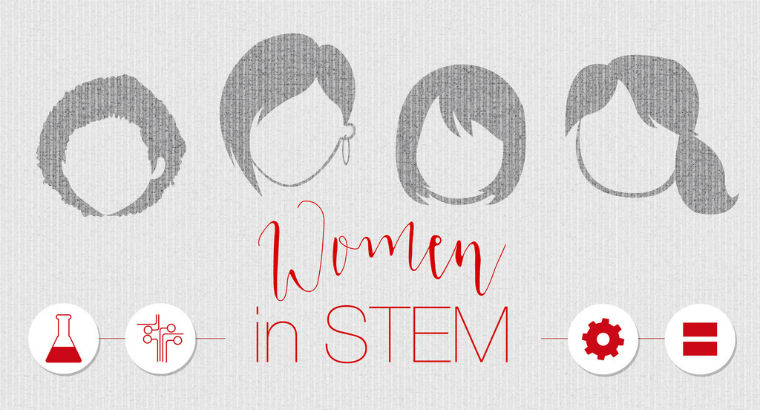
12 Apr Top 10 U.S. cities for women in technology
It’s no secret that Silicon Valley tech companies have a gender equality problem.
Of the companies that released diversity reports last year, Twitter, Facebook, Yahoo, Microsoft and Google ranked among the worst, reporting that between 13 percent and 18 percent of its tech jobs were held by women.
At the top, as the most-inclusive of women in technology roles, were eBay (24 percent), Apple (22 percent) and Intel (20 percent) — still, all far below the target ratio.
Though Silicon Valley has a lot of work to do to reach gender equality, other U.S. cities are faring better, according to a new report by financial software and data firm SmartAsset, which compiled a list of the top cities for women in technology.
SmartAsset analyzed 58 of the largest U.S. cities with a tech workforce large enough for statistically significant Census survey results. For each of the cities, it considered four criteria: women as a percentage of the tech workforce; gender pay gap in tech; income after housing costs; and three-year tech employment growth, it said.
“Our 2016 analysis reflects no significant progress in either employment or pay for women in tech,” the report said. “In San Francisco, the tech workforce remains more than 75 percent male. Other major tech hubs like San Jose and Seattle have similar ratios.”
While those numbers may sound discouraging, the news isn’t so bleak in other cities across the U.S.: A handful have realized pay equality between men and women in tech, and two cities reported the percentage of women in the tech workforce has peaked at just over 40 percent.
“This news is more positive than that of San Francisco, but it’s still unfortunate that even the best cities are still lower than 50 percent in terms of equality,” says A.J. Smith, vice president of content at SmartAsset. “It was eye-opening to discover that some of these cities are statistically the best, but it’s still not where we want it to be.”
The top 10 cities for women in tech have narrowed the gender pay gap, offer a formidable income after housing costs and, of course, hold a better-than-average percentage of tech jobs filled by women. Here’s how they stack up.
See the complete list on CIO


Sorry, the comment form is closed at this time.